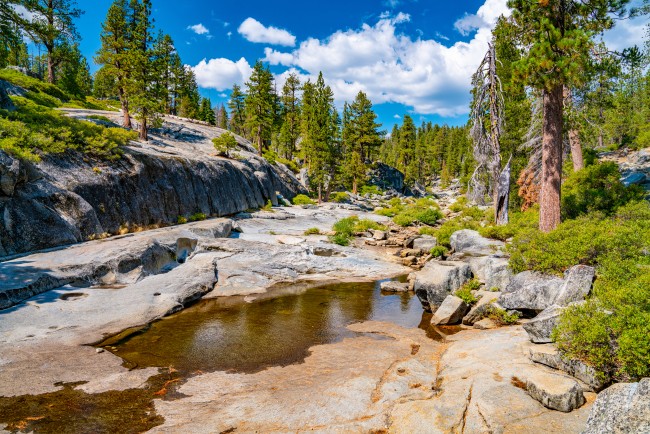National parks are protected areas designated to preserve the natural beauty and biodiversity of their ecosystems.
They offer a unique glimpse into the world’s most stunning landscapes and provide vital habitats for countless plant and animal species.
In this article we will explore the top 10 most wonderful national parks in the world, delving into their history and attractions that make them unique.
Most Wonderful National Parks in the World
1. Yellowstone National Park, USA
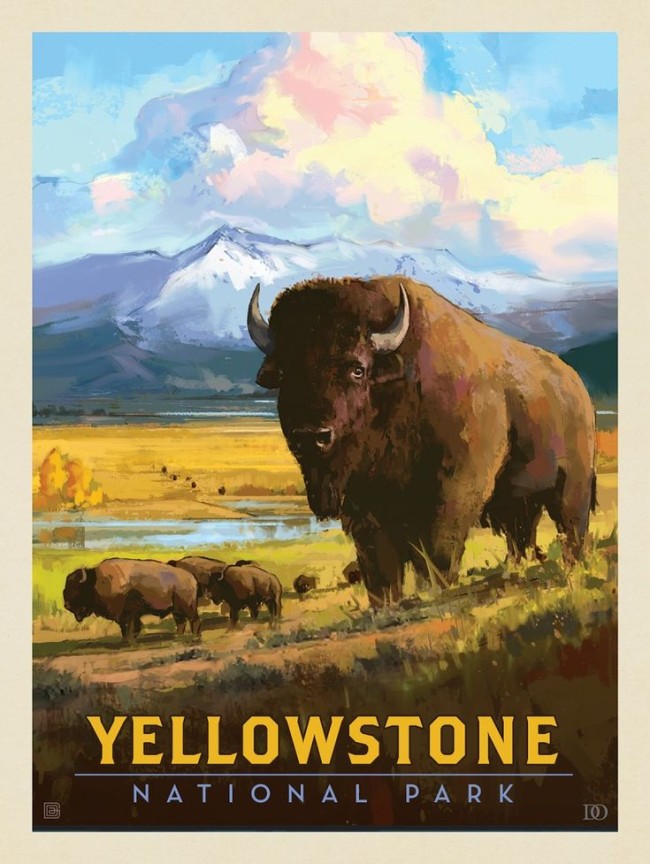
Established in 1872, Yellowstone is the world’s first national park, spanning over 2.2 million acres across the states of Wyoming, Montana, and Idaho.
The park is home to one of the largest high-altitude lakes in North America, the Yellowstone Lake, which sits on the Yellowstone Caldera – the largest supervolcano on the continent.
The park is renowned for its geothermal features, including the Old Faithful Geyser, which erupts approximately every 90 minutes.
Wildlife thrives within the park’s boundaries, with bison, elk, grizzly bears, and wolves among the most iconic species.
The Grand Canyon of the Yellowstone, a breathtaking 20-mile-long canyon, is another significant attraction, boasting stunning views of the Yellowstone River and its majestic waterfalls.
2. Serengeti National Park, Tanzania

Serengeti National Park, established in 1951, is a UNESCO World Heritage Site located in Tanzania, East Africa.
The park covers approximately 5,700 square miles and is renowned for its annual Great Migration, during which over 1.5 million wildebeest, zebras, and gazelles traverse its vast plains in search of fresh grazing lands.
The Serengeti is home to the “Big Five” – lions, leopards, elephants, rhinoceros, and Cape buffalo – making it a popular destination for wildlife enthusiasts and photographers.
The park also features the Olduvai Gorge, an important archaeological site where some of the earliest human fossils have been discovered, providing valuable insights into human evolution.
3. Great Barrier Reef Marine Park, Australia
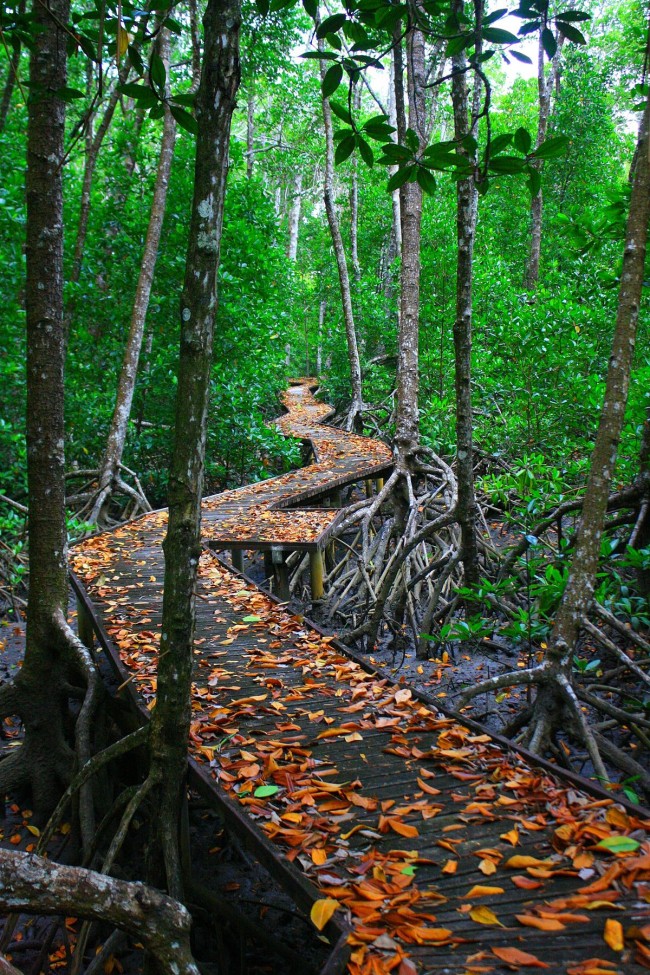
The Great Barrier Reef Marine Park, established in 1975, is a UNESCO World Heritage Site that stretches over 1,400 miles along the northeastern coast of Australia.
The park protects the world’s largest coral reef system, which comprises over 2,900 individual reefs and 900 islands.
Home to more than 1,500 species of fish, 400 types of coral, and 30 species of whales and dolphins, the park is a paradise for divers and snorkelers.
The Great Barrier Reef is also an important nesting ground for endangered green and loggerhead turtles.
The marine park plays a crucial role in preserving this unique ecosystem from human activities, such as fishing and coastal development.
4. Banff National Park, Canada
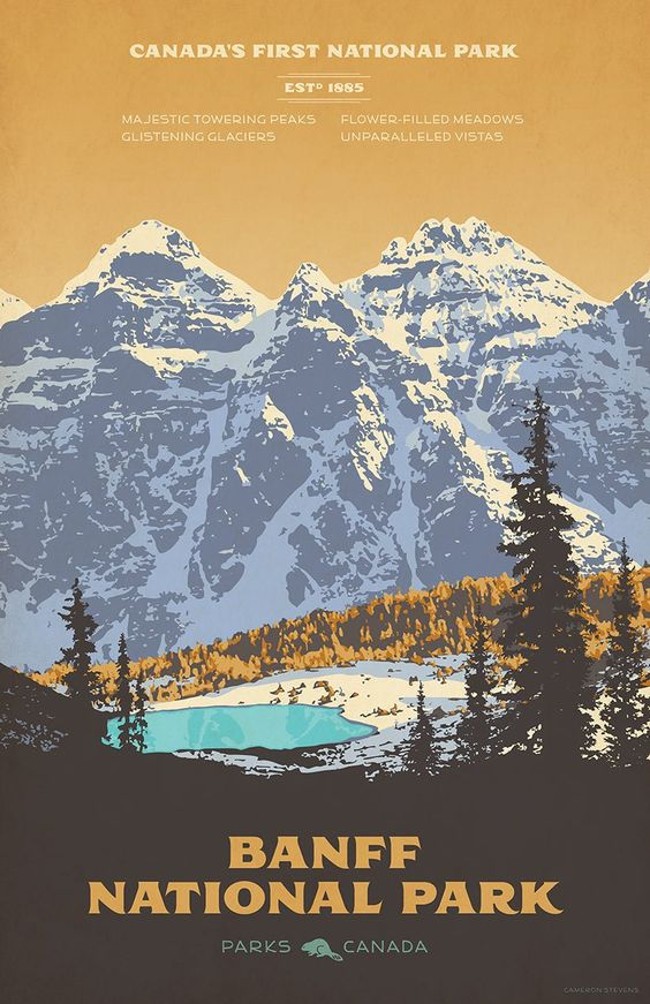
Established in 1885, Banff National Park is Canada’s oldest national park and a UNESCO World Heritage Site.
Located in the heart of the Canadian Rockies, the park covers an area of over 2,500 square miles and offers visitors a diverse range of breathtaking landscapes, from snow-capped peaks and turquoise lakes to dense forests and alpine meadows.
The park is home to an array of wildlife, including grizzly bears, elk, moose, and mountain goats.
Popular attractions within the park include the picturesque Lake Louise, Moraine Lake, and the Icefields Parkway, a scenic drive that connects Banff and Jasper National Parks, offering stunning views of glaciers and towering mountain ranges.
5. Torres del Paine National Park, Chile
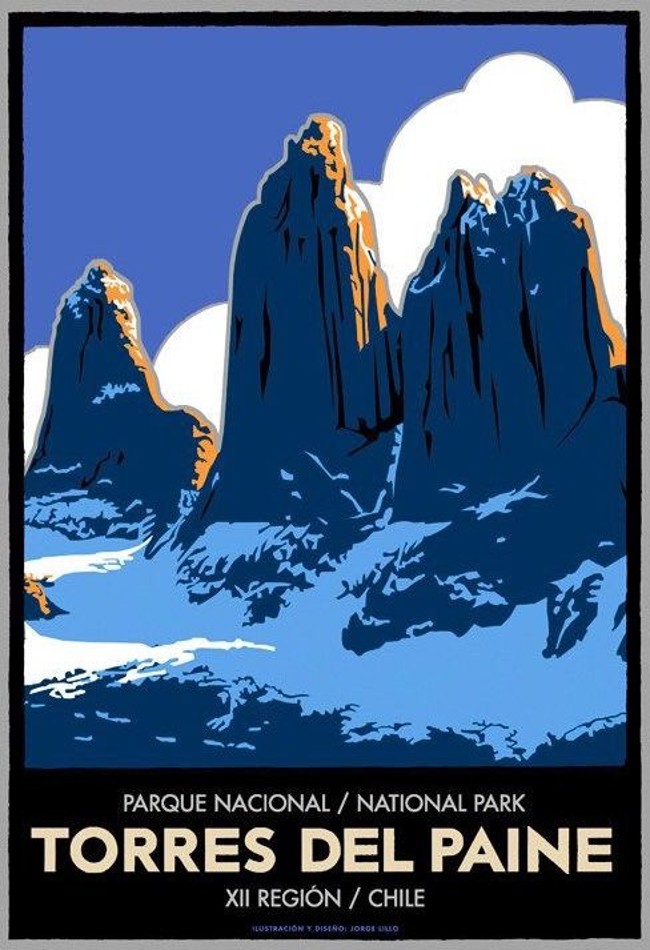
Torres del Paine National Park, established in 1959, is located in the southernmost region of Chilean Patagonia.
The park encompasses over 700 square miles of rugged landscapes, including the awe-inspiring granite towers of the Paine Massif, vast glaciers, and pristine lakes.
The park is a haven for outdoor enthusiasts, offering world-class hiking, mountaineering, and wildlife watching opportunities.
The W Trek and the O Circuit are two of the most popular trekking routes, providing access to the park’s most iconic sights, such as Grey Glacier, French Valley, and the eponymous Torres del Paine.
The park is also home to diverse wildlife, including the elusive puma, Andean condors, and guanacos, a native South American camelid.
6. Fiordland National Park, New Zealand

Fiordland National Park, established in 1952, is New Zealand’s largest national park, covering over 4.8 million acres on the southwestern coast of the South Island.
The park is a UNESCO World Heritage Site and is famous for its dramatic landscapes, characterized by deep fiords, towering peaks, and lush rainforests.
Among the park’s most iconic attractions are Milford Sound, Doubtful Sound, and the Kepler, Milford, and Routeburn tracks, which are renowned for their stunning scenery and challenging hiking trails.
The park also supports a rich biodiversity, with native species such as the flightless takahe, kea parrots, and the endangered Fiordland crested penguin.
7. Iguazu National Park, Argentina and Brazil
Iguazu National Park, established in 1934 in Argentina and 1939 in Brazil, is a UNESCO World Heritage Site that straddles the border between the two countries.
The park’s main attraction is the spectacular Iguazu Falls, a series of 275 waterfalls that span nearly 1.7 miles and reach heights of up to 269 feet.
The most impressive section of the falls is the Devil’s Throat, a massive U-shaped cascade that generates a thunderous roar and perpetual mist.
The park is also home to a diverse array of wildlife, including capuchin monkeys, coatis, toucans, and jaguars.
Visitors can explore the park through a network of trails and elevated walkways, offering breathtaking views of the falls and surrounding rainforest.
8. Plitvice Lakes National Park, Croatia
Established in 1949, Plitvice Lakes National Park is Croatia’s oldest national park and a UNESCO World Heritage Site.
The park, which covers over 115 square miles, is famous for its 16 terraced lakes, connected by a series of waterfalls and cascades.
The mineral-rich waters of the park have created unique travertine barriers, resulting in constantly evolving landscapes and a dazzling array of colors, from azure to green and grey.
A network of wooden walkways and hiking trails allows visitors to explore the park’s stunning scenery and diverse ecosystems, which support a variety of wildlife, including brown bears, wolves, and over 160 species of birds.
9. Galápagos National Park, Ecuador
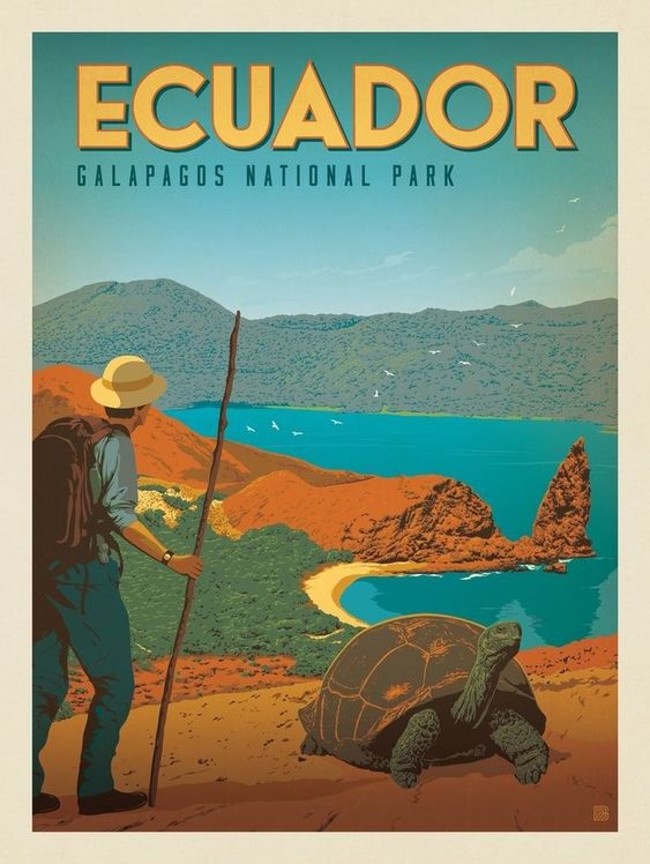
Galápagos National Park, established in 1959, encompasses over 3,000 square miles of the Galápagos Archipelago, a volcanic island chain located 620 miles off the coast of Ecuador.
The park is a UNESCO World Heritage Site and is renowned for its unique flora and fauna, which inspired Charles Darwin’s theory of evolution.
Notable species found in the park include the giant Galápagos tortoise, marine iguanas, flightless cormorants, and the Galápagos penguin, the only penguin species found north of the equator.
The park’s diverse ecosystems, ranging from arid deserts to lush highland forests, provide a variety of habitats for its endemic species, making it a prime destination for nature lovers and researchers alike.
10. Kruger National Park, South Africa
Established in 1898, Kruger National Park is one of the largest game reserves in Africa, spanning over 7,500 square miles in northeastern South Africa.
The park is renowned for its incredible biodiversity and is home to the “Big Five” – lions, leopards, elephants, rhinoceros, and Cape buffalo – as well as numerous other species, such as giraffes, zebras, and cheetahs.
With over 500 species of birds, the park is also a paradise for birdwatchers.
Kruger National Park offers an extensive network of roads and trails, allowing visitors to explore the diverse landscapes, from savannahs and woodlands to riverine forests and granite hills.
The park’s rich history is evident through numerous archaeological sites, including the ancient rock art of the San people and the ruins of the Thulamela Iron Age site.
Conclusion:
The world’s national parks are truly magnificent treasures, preserving the natural beauty and ecological diversity of our planet for future generations to enjoy.
These ten parks, each with its unique history and attractions, showcase the extraordinary landscapes and wildlife that can be found across the globe.
Whether you’re an avid hiker, wildlife enthusiast, or simply appreciate the wonders of nature, these national parks offer unforgettable experiences that will leave you in awe.
Also Read:
1.17 Most Hottest Weather Reporters

